Wondering how long a recliner should last or looking for the best recliner chair options for your home in 2024? You’ve come to the right place!
In this article, we’ll explore everything about the lifespan of recliners, from their durability to factors that can affect their longevity. We’ll share our experiences and insights to help you understand how long should a recliner last, including specific insights on how long should a leather recliner last.
Whether you’re seeking a long-lasting investment or trying to gauge when it’s time to upgrade, we’ll guide you through the world of recliner chairs. Let’s dive in and answer the big question: how long should a recliner last?
Related search terms: how long should a recliner last, life recliner chair, how long should a leather recliner last, how long should a recliner sofa last, how long should a recliner chair last
Understanding Recliner Longevity
What is a Recliner?
A recliner is a type of chair that allows users to lean back and elevate their feet for added comfort. These chairs are popular in living rooms and home theaters for their ability to provide ergonomic support.
Types of Recliners
There are five main types of recliners on the market:
Manual Recliners – Operated by a lever or handle. These recliners use a lever or handle to let you lean back and extend a footrest manually, providing a straightforward and budget-friendly option for adjusting your sitting position at home.

Power Recliners – Use an electric motor for reclining. With electric motors controlled by buttons or a remote, power recliners offer effortless reclining and often come with extra features like adjustable headrests, making them ideal for those who prefer easy, customizable comfort.
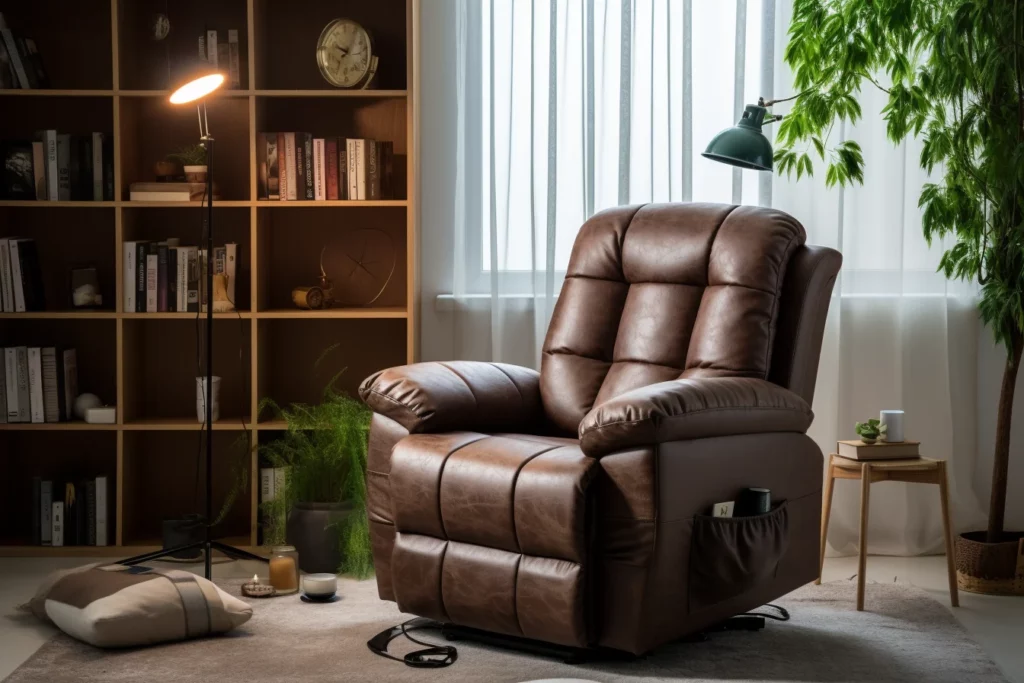
Fabric Recliners – Upholstered in various types of fabric. Upholstered in materials like cotton or microfiber, fabric recliners offer softness and a variety of colors and patterns to match your decoration, requiring regular vacuuming and spot cleaning for maintenance.

Leather Recliners – Upholstered in genuine or faux leather. Made from real or faux leather, these recliners provide a luxurious look, are easy to clean, and become more comfortable over time, making them perfect for stylish, low-maintenance seating.
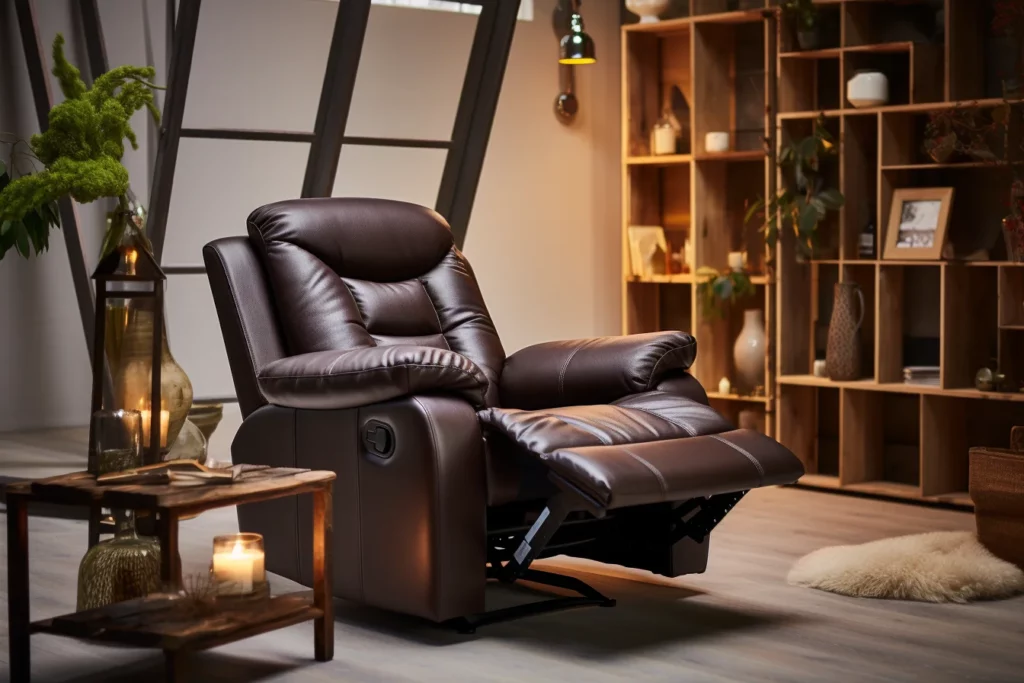
Recliner Sofas – Multi-seat options that often combine manual and power features. Combining recliner features with sofa comfort, these multi-seat options come in various sizes and often mix manual and power reclining seats, offering plenty of space for relaxing and socializing in your living room or den.

Average Lifespan of Recliners (Life Recliner Chair)
How many years should a recliner last? The average lifespan of a recliner varies by type. Manual recliners typically last between 7-15 years, while power recliners may last 10-20 years. Fabric recliners generally have a shorter lifespan compared to leather recliners, which can last up to 20 years if well-maintained.
Factors That Affect the Lifespan of a Recliner
1. Material Quality
Fabric: Affordable and available in various patterns, fabric recliners may wear out faster due to daily use and exposure to elements like sunlight and spills.
Leather: Known for its luxurious feel and durability, genuine leather recliners require regular cleaning and conditioning to maintain their appearance and longevity.
Synthetic Materials: While cheaper, synthetic materials like vinyl or faux leather may not withstand long-term use as well as higher-quality fabrics or genuine leather.
2. Build Quality
Frame Construction: The frame is the backbone of a recliner’s durability.
Hardwood Frames: Made from woods like oak or maple, hardwood frames offer superior sturdiness and longevity.
Metal Frames: Provide strength but can be heavier and less flexible than wood, suitable for recliners that need extra support.
Construction Techniques: Features like reinforced joints and double doweling enhance stability and durability, ensuring the recliner withstands regular use without structural issues.
3. Usage Patterns
Frequency of Use: Recliners used daily or by multiple family members may show signs of wear sooner than those used occasionally.
Weight and Handling: Properly distributing weight and avoiding excessive force when reclining or adjusting positions can prevent premature wear and damage to the recliner’s mechanisms and upholstery.
Maintenance: Regular cleaning, vacuuming, and lubricating moving parts (if applicable) can extend the lifespan of a recliner by preventing dirt buildup and mechanical issues.
Understanding these factors helps you choose a recliner that aligns with their lifestyle and durability expectations.
Signs of Broken Recliners
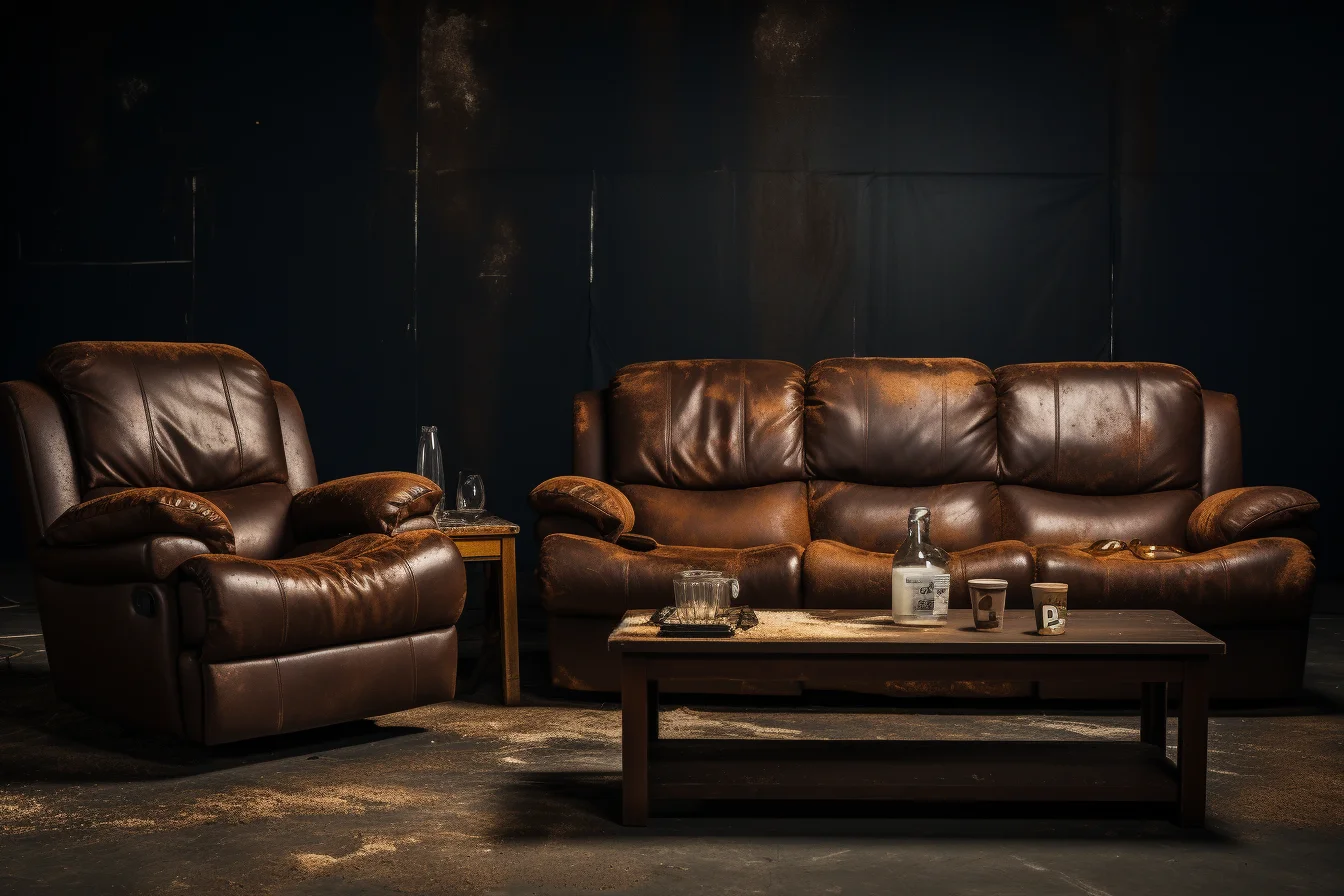
Common Signs of Wear:
Sagging in the Seat or Back: Over time, the cushions and padding in the seat or backrest may lose their resilience, causing them to sag and no longer provide adequate support.
Creaking Noises: When reclining or adjusting positions, creaking sounds can indicate worn-out or loosened mechanical parts, such as springs or joints.
Fading Upholstery or Visible Tears: Exposure to sunlight, spills, and regular use can cause fabric or leather upholstery to fade in color or develop tears and fraying.
Visual Guide for Wear and Tear:
Frame Stability: Check for any wobbling or instability in the recliner’s frame when sitting or reclining. A sturdy frame is essential for long-term durability and safety.
Upholstery Condition: Regularly inspect the upholstery for signs of wear, such as rips, stains, or areas where the fabric or leather has become thin.
Mechanism Functionality: Test the reclining mechanism to ensure it operates smoothly without sticking or jerking. Proper functionality ensures comfort and ease of use over time.
When to Replace Your Recliner
Repair vs. Replace:
Cost of Repair: Compare the cost of repairing your recliner to purchasing a new one. If repairs are significantly more expensive than a new chair, it may be more economical to replace it.
Extent of Damage: Severe structural issues like broken frames or irreparable upholstery damage may indicate it’s time for a replacement rather than a repair.
Environmental Considerations:
Disposing of Your Old Recliner: Explore recycling options in your area to responsibly dispose of your old recliner. Many communities offer recycling programs for furniture.
Eco-Friendly Choices: When choosing a new recliner, consider brands that use sustainable materials and practices. Look for certifications like FSC-certified wood or products made from recycled materials.
How to Make Your Recliner Last for Years
We recommend vacuuming or brushing your recliner regularly to remove dust and debris. For fabric recliners, spot clean spills promptly with a gentle cleaner. Leather recliners benefit from occasional conditioning to keep the leather supple and prevent cracking.
It’s important to use your recliner within its weight capacity and avoid sudden movements or excessive force when reclining. Gentle handling helps prevent strain on the recliner’s mechanisms and upholstery.
Periodically check your recliner for signs of wear such as sagging cushions or loose screws. Addressing these issues promptly can prevent further damage and extend the life of your recliner.
Place your recliner away from direct sunlight and heat sources to prevent fading and drying out of upholstery materials. This simple step can help maintain the color and texture of your recliner for longer.
Lastly, following the manufacturer’s care instructions for your specific recliner model ensures you’re using the best cleaning methods and products for optimal maintenance.
Future Trends in Recliner Durability
New Materials for Durability:
High-Performance Fabrics: These fabrics are engineered to be stain-resistant, easy to clean, and more resistant to wear and tear compared to traditional upholstery materials.
Advanced Leathers: Modern leathers are designed to be more durable and eco-friendly, often incorporating sustainable practices in their production processes.
Enhanced Longevity through Innovation:
Modular Frames: Recliners with modular frames are designed for easier repairs and upgrades. Components can be replaced individually, extending the lifespan of the recliner.
Sustainable Practices: Manufacturers are increasingly adopting eco-friendly construction methods, such as using FSC-certified wood for frames and minimizing waste during production.
Focus on Environmental Impact:
Recyclable Materials: Many recliner brands are now using recyclable components, making it easier to responsibly dispose of and recycle recliners at the end of their lifespan.
Energy-Efficient Production: By optimizing manufacturing processes and using renewable energy sources, recliner manufacturers are reducing their carbon footprint and environmental impact.
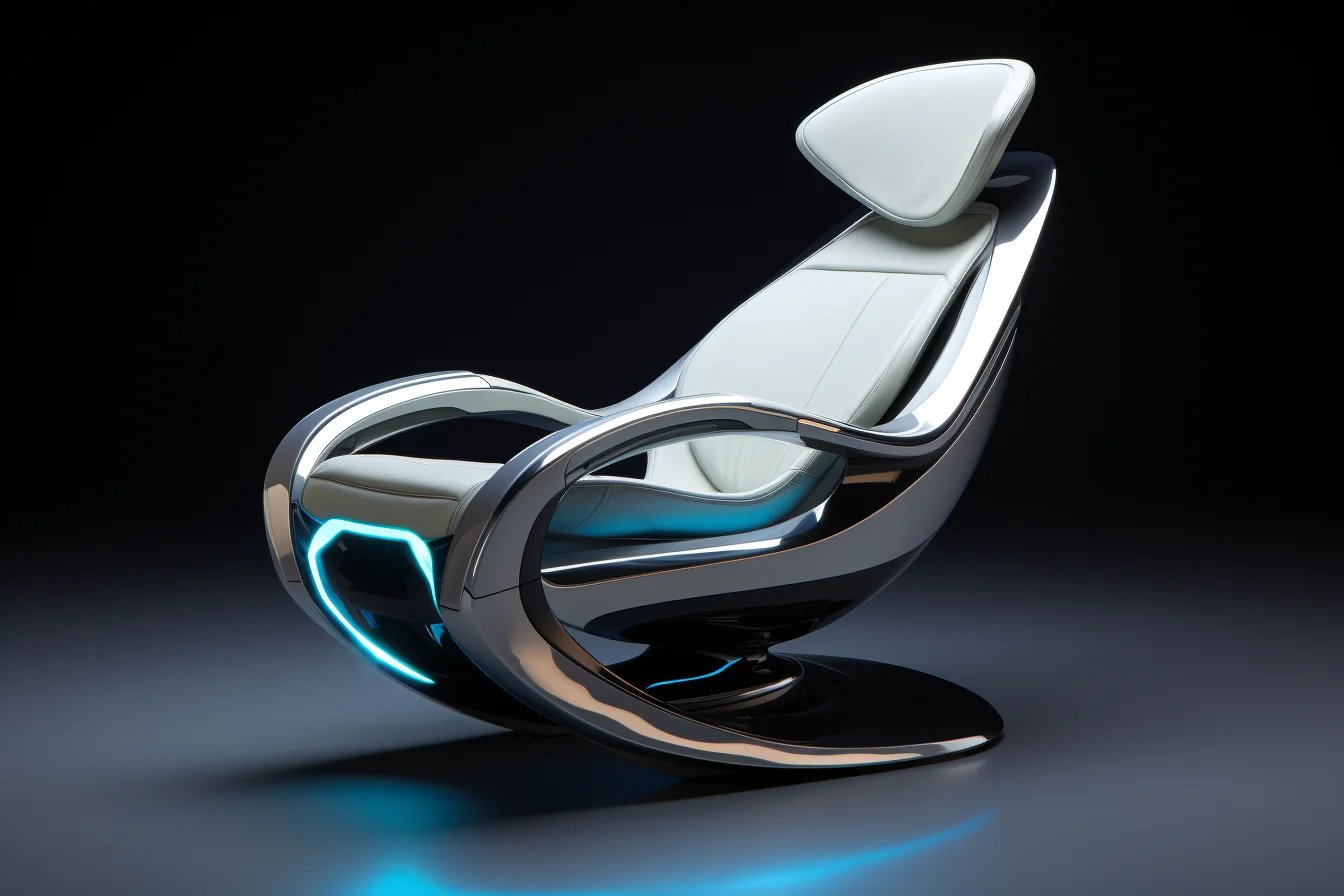
FAQs About Recliner Longevity
Q1: How long can I expect a recliner to last? Recliners can last anywhere from 7 to 15 years, depending on the quality of materials and usage habits.
Q2: What factors affect the lifespan of a recliner? The quality of construction, frequency of use, and maintenance practices all impact how long a recliner will remain comfortable and functional.
Q3: How do I know when it’s time to replace my recliner? Look for signs like sagging cushions, creaking frames, or decreased comfort that indicate your recliner may need replacing.
Q4: Can a recliner help with neck pain? Yes, recliners with proper neck support and ergonomic design can alleviate neck pain by promoting better posture and reducing strain.
Q5: What features should I look for in a recliner for neck pain relief? Look for recliners with adjustable headrests, lumbar support, and plush cushioning to provide optimal comfort and support for your neck and spine.
Q6: Are there specific recliner types better suited for neck pain sufferers? Recliners with high backs and neck support features like padded headrests and neck pillows are ideal for relieving neck pain.
Q7: How can regular use of a recliner benefit my hip health? A properly supportive recliner can promote better hip alignment, reduce pressure points, and alleviate discomfort associated with hip issues.
Q8: What recliner materials are best for hip health? Choose recliners with supportive yet cushioned materials like memory foam or high-density padding that provide comfort without sacrificing support.
Q9: Are there recliners designed specifically for people with hip problems? Yes, ergonomic recliners with features like zero-gravity positioning and gentle rocking motions can help alleviate hip pain and improve overall comfort.
Q10: How often should I clean and maintain my recliner for optimal hip health? Regularly vacuuming upholstery, wiping down leather or faux leather surfaces, and checking mechanical parts can extend the life of your recliner and maintain its health benefits.
Q11: Can a recliner improve my overall posture and health? Yes, recliners with ergonomic designs encourage better spinal alignment and posture, which can alleviate pain in the hips and throughout the body.
Q12: Where can I find the best recliner for neck pain relief? Explore our top recommendations for recliners that specifically target neck pain relief, offering comfort, durability, and the features you need for optimal support.
Conclusion
In summary, understanding how long should a recliner last involves considering multiple factors. From material and build quality to usage patterns and maintenance, each aspect plays a crucial role in the longevity of your recliner chair, leather recliner, or recliner sofa.
By following the tips and insights provided in this post, you can make informed decisions about purchasing and maintaining your recliner.
Share your thoughts in the comments below, and don’t hesitate to reach out if you need help choosing your next durable recliner.

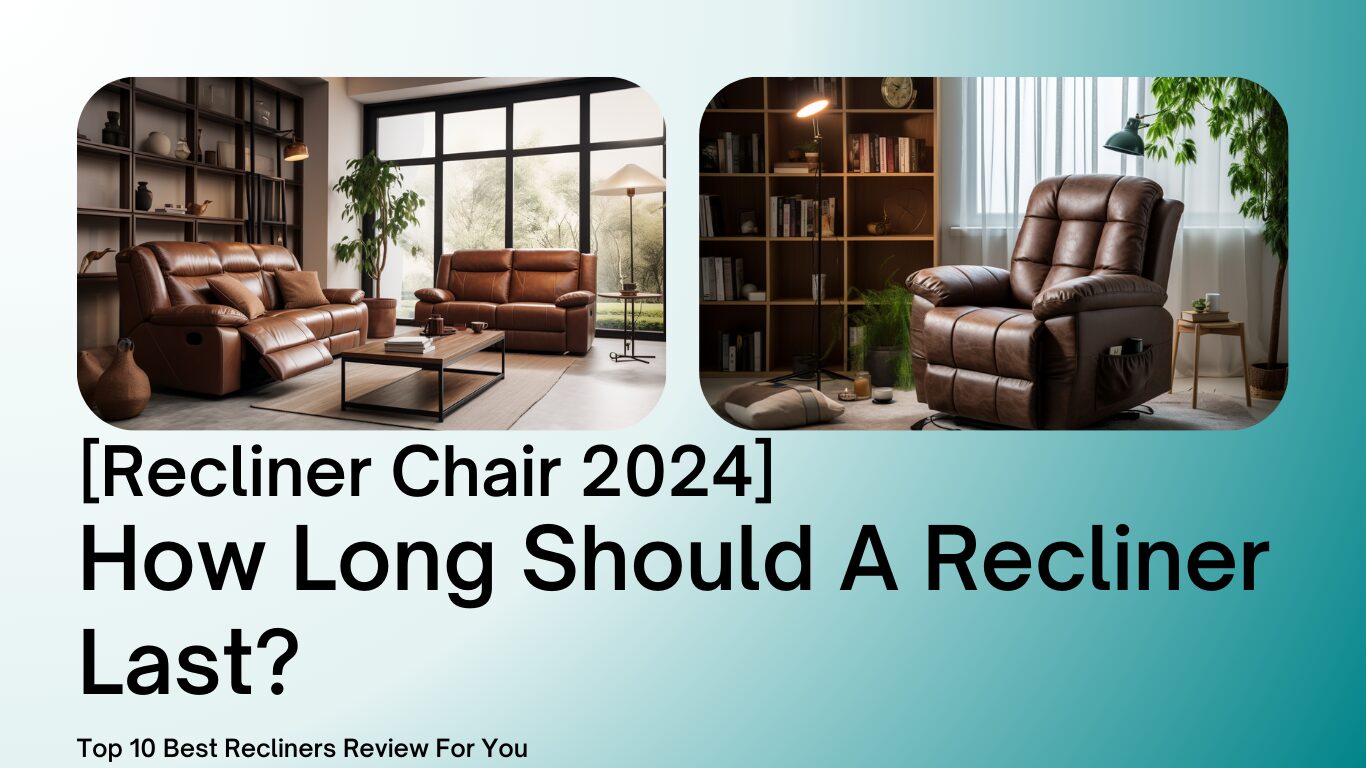
Finding a recliner for neck pain has been overwhelming, but your blog has simplified the process for me. Thank you!
I’m so glad I found this blog! Your recommendations are fantastic and have really helped me narrow down my options.
I’ve been recommending your blog to my friends who also suffer from neck pain. Your advice is truly valuable!